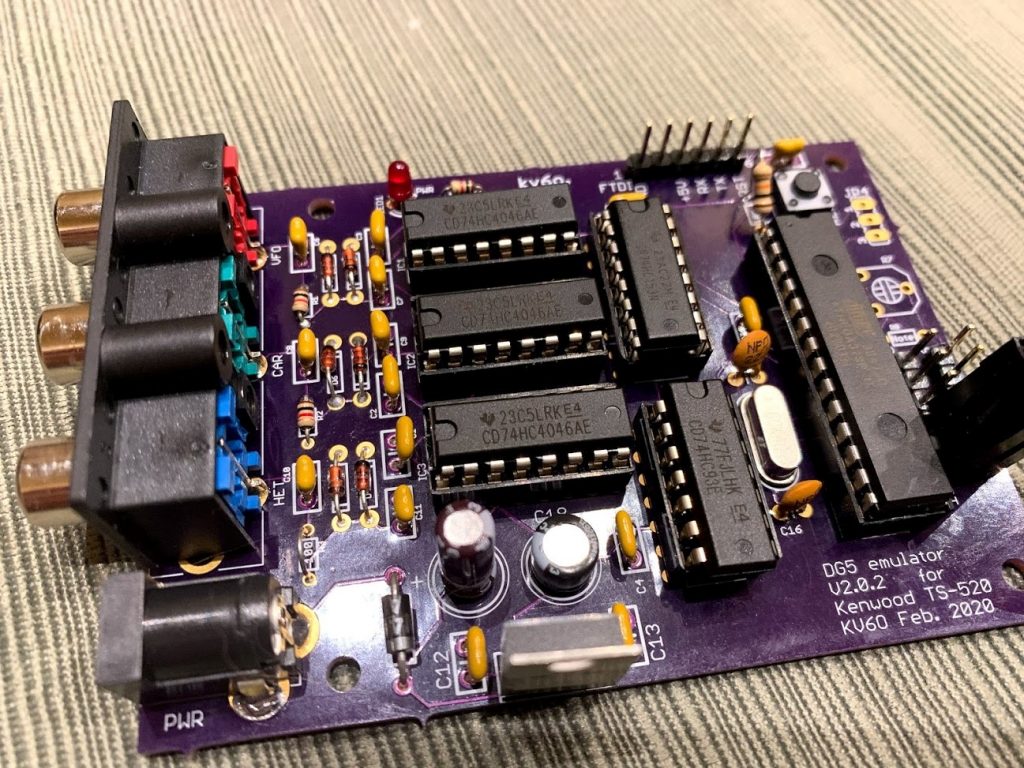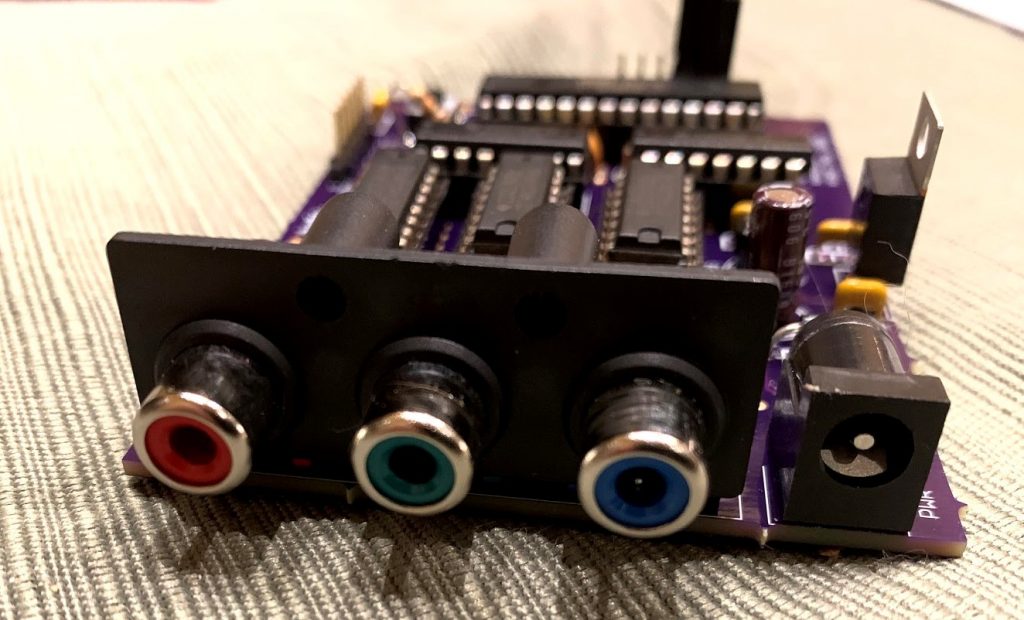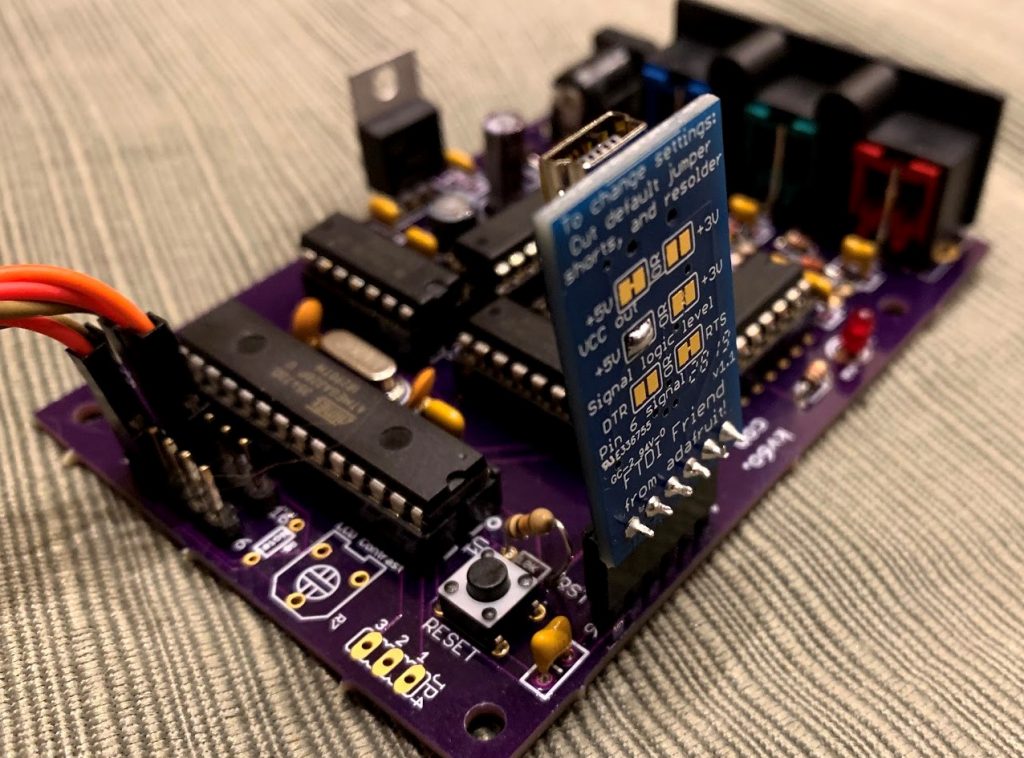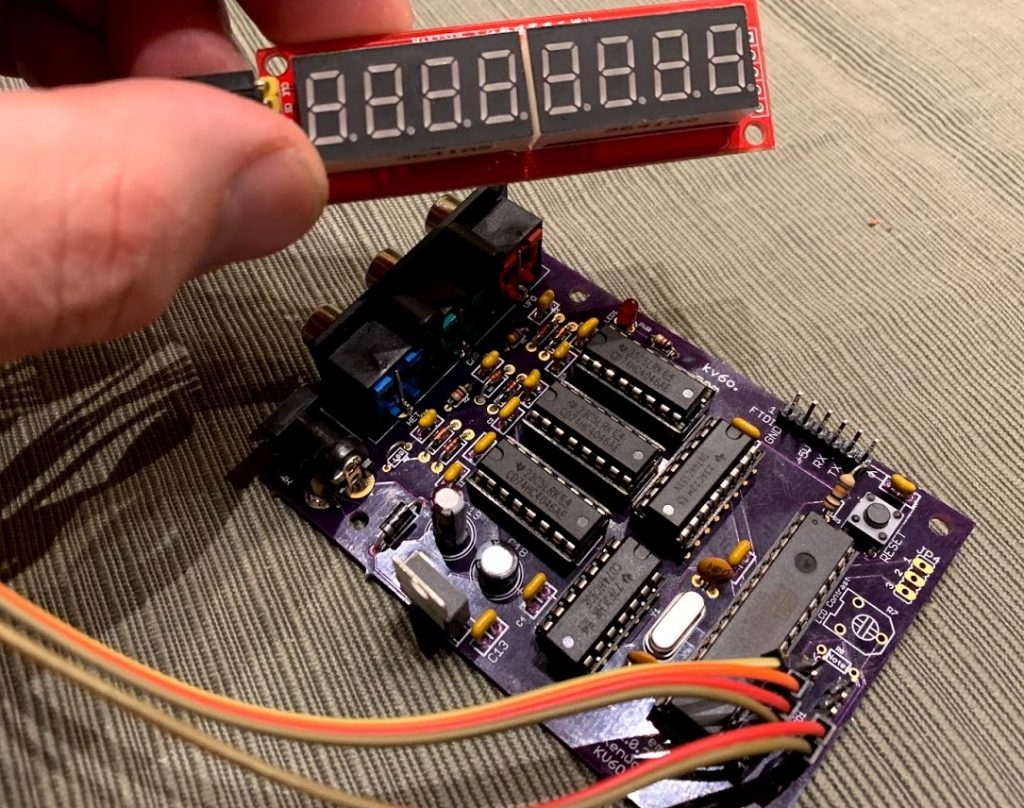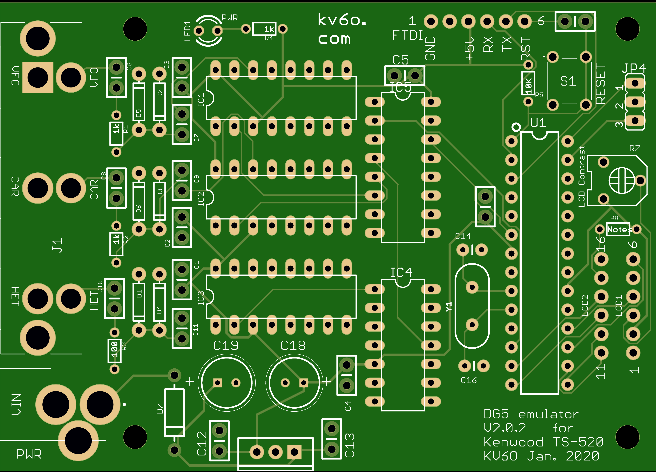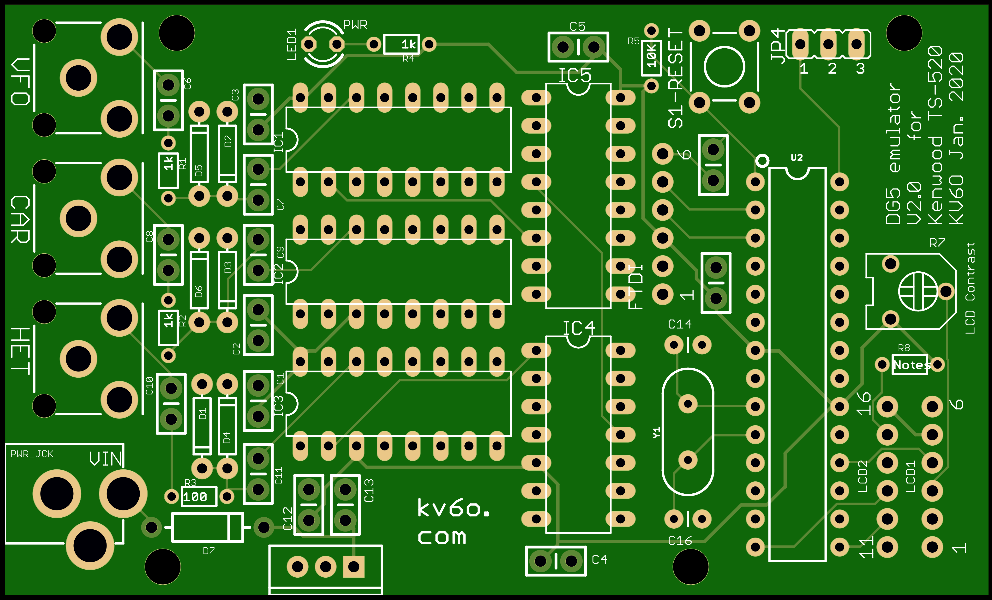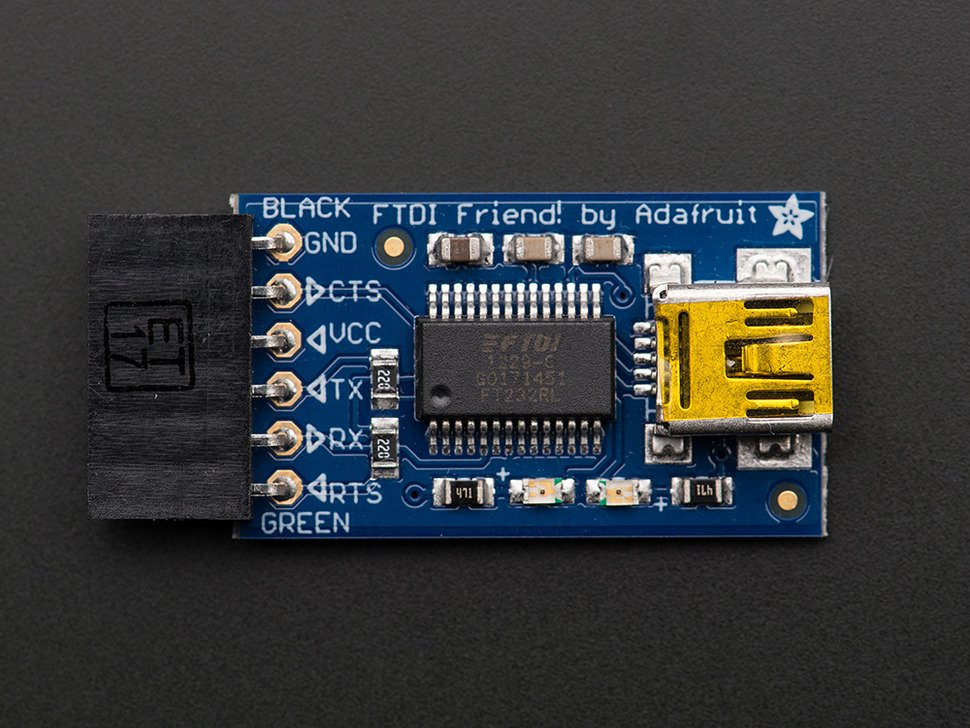I tried an experiment back in March, and “kitted” up a few DG5 Emulators and put them on eBay. They sold, I bought more hardware to make more kits, they sold, and so on. So far, I have sold 25 kits, so I made a larger order today for the parts for another 20 rather than 5-10 at a time.
I have also almost exclusively sold them thru eBay, which has some pluses and minus. One big plus, is there is more exposure to folks looking for a DG5 there. International shipping appears to be easier and cheaper – I have sent kits internationally for $10 rather than the $17 or so it currently costs via USPS. They collect taxes for the State it ships to (not sure if this is a plus or a minus), and their order processing is as streamlined as it can get. Minus is the additional charges and fees they charge (on top of PayPal), which is why I have to charge more. Such is life I guess!
I was able to purchase a color printer, so now all the kits include 8 color pages of the build instructions. All in all, some life has been breathed into this project over the past 6-months. I’d like to come up with a case for the project, and do some more videos describing how it works – hopefully this summer!
Thanks for all the feedback, and I am currently out of stock as the last 2 sold today. It might take 2-3 weeks before I have the next 20 kits ready – the LED displays take the longest to source as they come from China.


